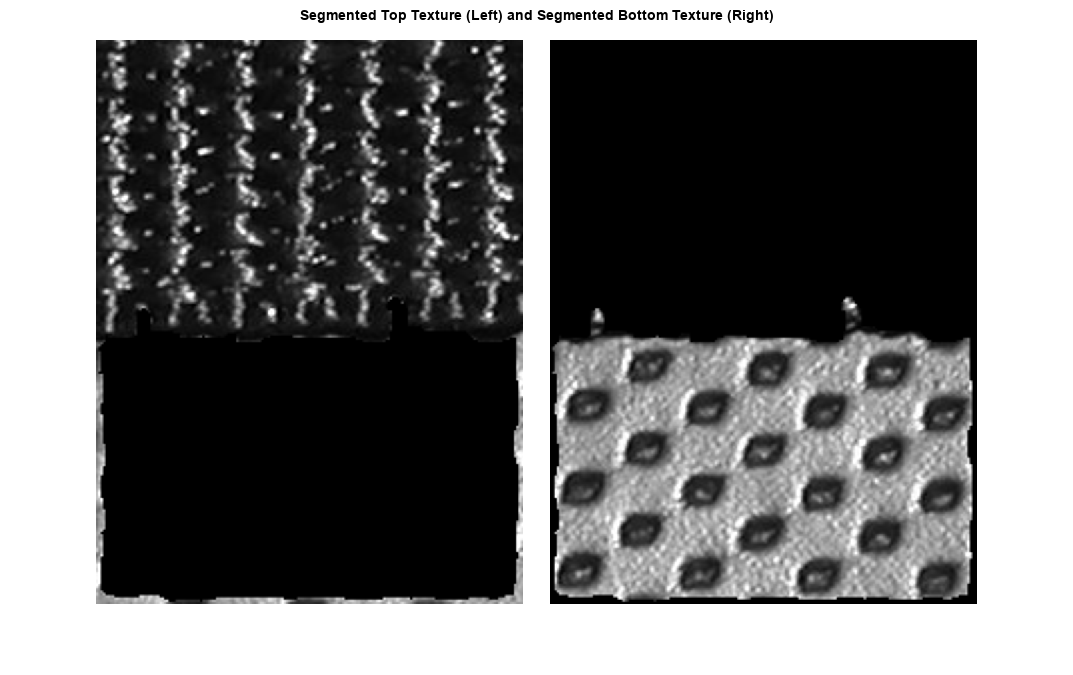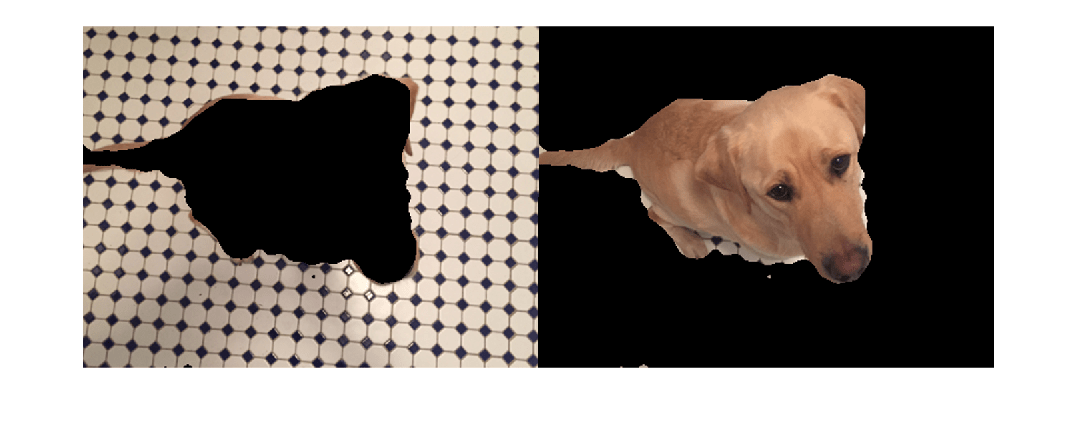纹理分析
熵、范围和标准差滤波;创建灰度级共生矩阵
纹理分析是指通过纹理内容来表征图像中的区域。纹理分析尝试将粗糙、平滑、柔滑或凹凸不平等词汇所描述的直观特性量化为像素强度随空间变化的函数。在这种意义上,粗糙度或凹凸度指强度值或灰度级的变化。
纹理分析用于各种不同应用,包括遥感、自动检查和医学图像处理。纹理分析可用于查找纹理边界,称为纹理分割。如果图像中的目标用纹理来表征比用强度来表征更合适,并且不能有效使用传统的阈值处理技术时,纹理分析会很有帮助。
函数
entropy | 灰度图像的熵 |
entropyfilt | Local entropy of grayscale image |
rangefilt | Local range of image |
stdfilt | Local standard deviation of image |
graycomatrix | 从图像创建灰度共生矩阵 |
graycoprops | Properties of gray-level co-occurrence matrix (GLCM) |
主题
- Calculate Statistical Measures of Texture
Texture analysis can classify textures by using local statistical measures such as entropy, pixel range, and pixel standard deviation.
- 使用灰度共生矩阵 (GLCM) 的纹理分析
GLCM 基于具有以特定空间关系排列的特定强度值的像素对的数量来表征纹理。
- Derive Statistics from GLCM and Plot Correlation
Create a set of GLCMs and derive statistics about contrast and correlation from them.

